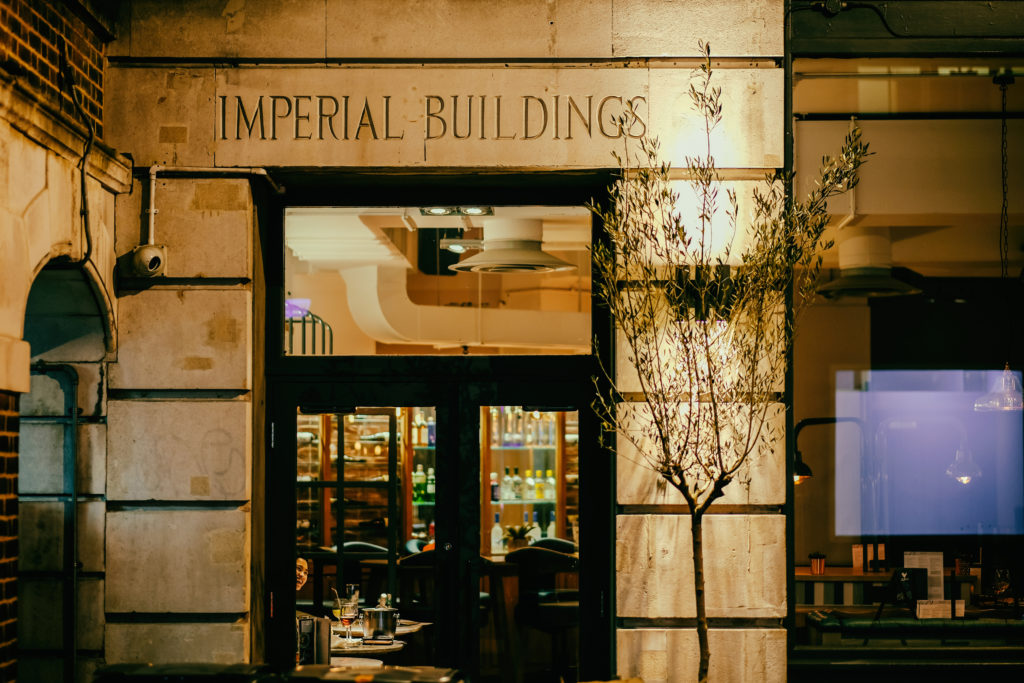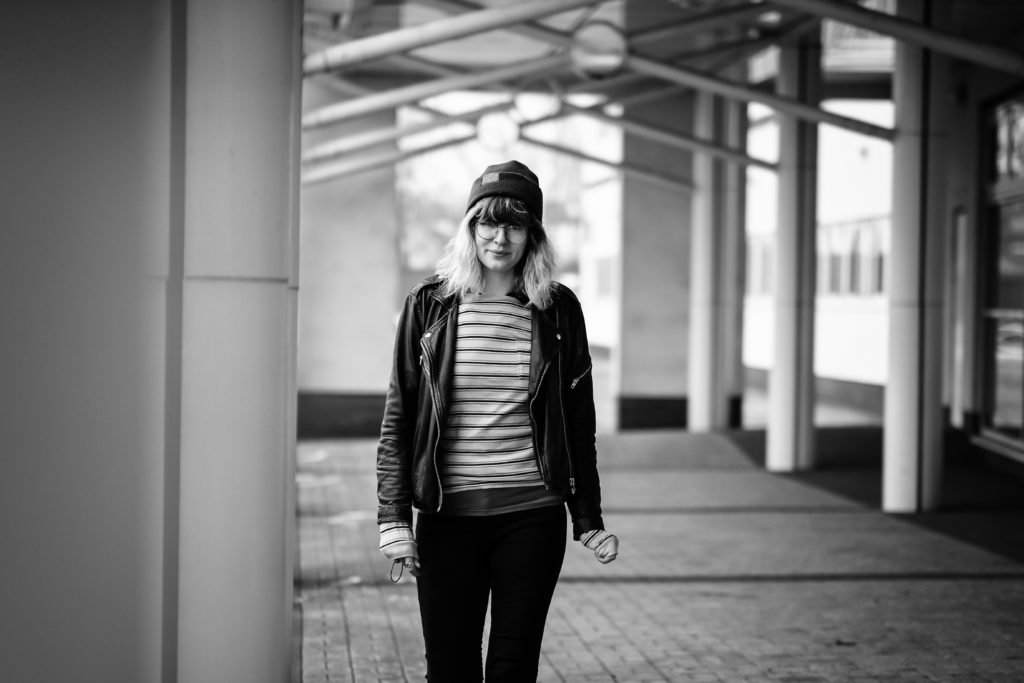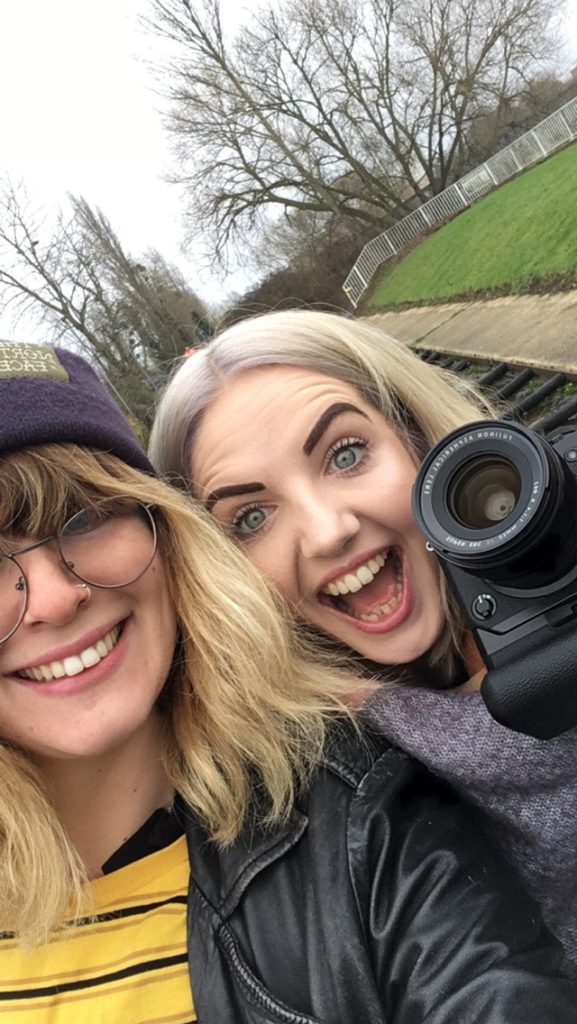Fujifilm X-H1 First Impressions
This entry was posted on February 15, 2018.
By Lauren Swain & Karen Wright
Click on images to see higher-res version
We were lucky enough to get our hands on the exciting new Fujifilm X-H1 before the camera was launched and what an exciting camera it is!

On first impressions, the camera is far better balanced than others in the X-T range. It feels a lot more naturally balanced in the hand and the larger grip feels sturdier especially when using the longer and heavier lenses.
The camera is larger than the X-T2 and they have added a digital screen on the top. This makes shooting and changing settings far easier. You can make your adjustments via the digital screen or old school buttons and dials. This would make a potential D-SLR user able to switch with relative familiarity. This is a great feature, as not having to change your style of shooting so dramatically is a luxury, making it easier to get to grips with the functionality of the camera.
Karen says this is certainly something I would have loved when I made the changeover from D-SLR to the X-T2. The X-H1 feels much like a high-end DSLR rather than a CSC and as soon as you pick it up, you are aware of its superb build quality.
Having put the camera through its paces we deliberately tried to shoot in very poor light. We took the camera out in Holborn, London one evening after work and were astounded by the images that we managed to achieve in such low light conditions.

To our surprise even from the Jpeg file we could pull an incredible amount of detail back out of the shadows and highlights. You could go as far as to say you could be a whole stop and even one stop and a half out and still manage to bring back all the detail you need in post-production without a problem, and as said before that is just on the Jpegs!
The focusing was much more responsive than previous models and it felt more like a small GF-X than an X-T2. Having found in the past with previous models the continuous focusing, and focusing in general could be hit or miss, especially in less than ideal light situations this is a welcome improvement.
The X-H1 seems to have much better focus accuracy and is more consistent than its predecessors.

Ergonomically, Fujifilm have really thought it through; the hand is perfectly in place for easy use of dials, work menu button and joystick, which makes using the camera a lot faster. This is essential for street and reportage photography when subjects are moving, and light is constantly changing.
It has taken the sturdy weather-proof design from the X-T range which is again essential for pro shooting. This makes for an important feature if you are a photographer in our lovely British Isles – we all love the weather!

The shutter button is far more responsive than the XT range and as typical with Fujifilm, the colours and dynamic range are phenomenal. Skin tones are rich without being too vibrant, yet greens and blues for landscapes really pop. The built-in film pre-sets as usual are spot on.

All in all, we love the new Fujifilm X-H1 and can’t wait for it to be out on the shelves, so you can all fall in love with it as much as we have! In our opinion, this is the most exciting camera Fujifilm have launched.
Features at a glance
- 24.3 Million Pixels X-Trans CMOS III APS-C sensor
- 5-axis in-body image stabilization (rated at 5EV)
- 3.69M-dot OLED viewfinder
- Touch sensitive rear LCD with two-axis tilt
- DCI and UHD 4K capture at up to 200 Mbps
- Slow motion 1080 (from 120 and 100 fps)
- Internal F-Log capture
- 24-bit audio capture
- Eterna/Cinema Film Simulation mode
- Timecode
- No-blackout continuous shooting
- Twin UHS-II-compatible card slots
- Anti-flicker shooting mode
- Wi-Fi with Bluetooth for constant connection
- Dust & Water Resistant
Lauren Swain works for CameraWorld and is a social photographer. She has worked on professional model shoots and has a wealth of camera knowledge, priding herself on customer service. Having owned Olympus digital and Canon film cameras, she is very versatile in her approach to photography.
Karen Wright is an accredited and award-winning photographer and has worked with CameraWorld for five years. Karen has been an avid Nikon user and made the switch when the X-T2 was released. Karen uses her gear professionally and socially and has developed her own set of photographic skills.








